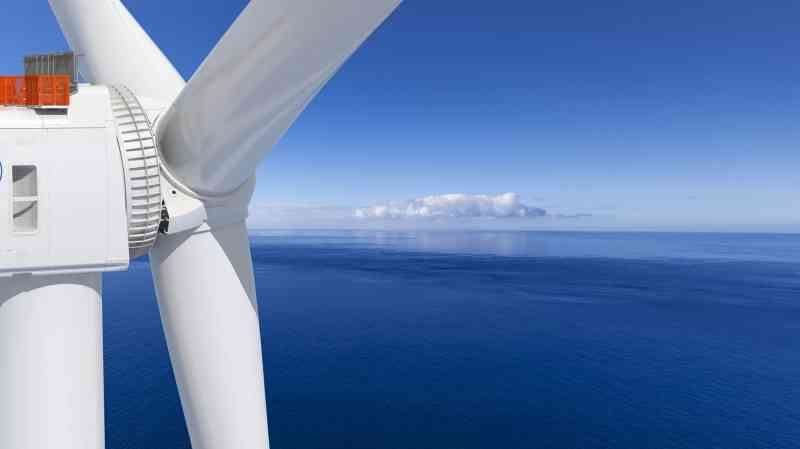SSE has reported a drop in renewable electricity generation because of low wind speeds and a lack of rain.
The Perth-based energy group said that it generated 1,674 gigawatt-hours of electricity from its wind farms and conventional hydro-electric plants in the three months to June.
That was down from 1,962 gigawatt-hours a year earlier, and some 19 per cent lower than it had planned to generate, “mainly due to weather conditions”.
Offshore wind generation fell by 29 per cent, reflecting the lower wind speeds as well as the sale of a 25 per cent stake in the Walney offshore wind farm.
Onshore wind generation fell by 10 per cent and hydro-electric output fell by 12 per cent in what a spokesman said was the driest second quarter since 1984 in the catchment area for its hydro plants.
SSE sought to reassure investors that the shortfall “represents less than 4 per cent of the annual forecast total output”. Analysts at Jefferies estimated that this would equate to a £25 million hit to SSE’s full-year profits, or about a 2 per cent impact.
The update is in line with trends across the industry after the unexpectedly calm weather in the start to the year; Scottish Power on Wednesday reported a 7.7 per cent drop in profits from its renewables division as the lower wind speeds more than offset the impact of more turbines starting up.
SSE is a FTSE 100 group that owns renewable and gas-fired power generation and also operates energy networks.
In a trading update ahead of its annual general meeting today, SSE also reported a 9 per cent drop in output from its gas-fired power plants, “reflecting plant availability and market conditions”.
It said it remained committed to its five-year dividend plan and continued to expect that it would invest £2 billion in the 2021-22 financial year.
Gregor Alexander, SSE finance director, said: “We have an enviable offshore wind pipeline which we are seeking to expand and diversify, options to develop new thermal and pumped storage hydro technologies that will be vitally important in the transition to net zero, and we see significant RAV growth potential in our regulated electricity businesses.”
